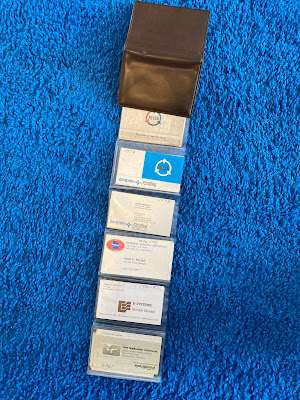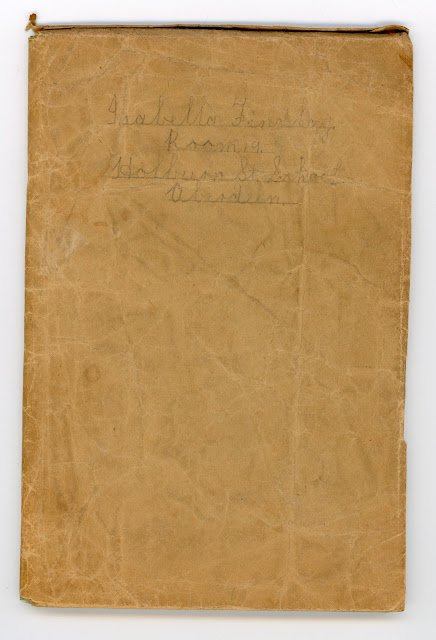 |
| MH, Ralph, and Ella January 2019 |
……….
Back when I was Ralph's student - this would be toward the end of my experience as a student pilot - he set me loose on several cross-country adventures. ... He always asked me to create my flight plan, map it out, and show him what I was going to do. Part of that planning process, obviously, is to check at each airport that you’re going to, to make sure that they’re available to land at.
He gave me the directions to fly to Nephi, then to Delta, then back to Salt Lake City. He knew that Delta was closed. I think he was just testing me to see if I checked.
I was up in the air, and I’m a rookie pilot, and I’m a second or third or fourth cross-country. I got to Nephi, I landed, I did my thing. I take off to go to Delta. I get to Delta and there’s X’s across the entire runway. And I knew from my studies that that meant that the runway was closed. And I was in a total panic because I didn’t understand why I couldn’t land there.
So I actually called Ralph, and he was at lunch with his beautiful wife. And I said, “Ralph, Delta’s closed.” And he said, “Why did you fly there then?” [Chuckles] So I kind of failed my test. I learned from that point forward to always check ahead of time if the airport you’re flying to is available to accept you.
Just one of many many lessons that Ralph taught me along the way!
KF: I guess you had a safety net of enough fuel to figure out an alternate plan?
Yah, no problems there. I had enough fuel to get there and back and there again probably, so that wasn’t an issue. It was a perfectly safe and fun way to kind of tease me into planning better.
KF: You probably didn’t make that mistake again!
I was mad at him all the way home. [Chuckles]
……….
In 2018, MH presented Ralph with the best birthday gift: Two hours in the left seat (as pilot in command) in MH’s airplane. MH shared:
For years he was always the instructor in the right seat but he never got to fly in the left seat with me. I told him he could go wherever he wanted for 2 hours and I would grade him on his takeoffs and landings! He told me it was the most fun he had in the air in years, and that’s saying a lot! … He was like a little kid that day. Giddy!
Check out this footage. All of the pictures and videos of final approach were Ralph’s landings, at 3-4 different local airports that day.
Sources:
- From a phone call with MH on 2 November 2020
- From a text exchange with MH on 25 March 2022
- From a text exchange with MH on 1 September 2022































.jpeg)
.jpeg)
.jpg)


